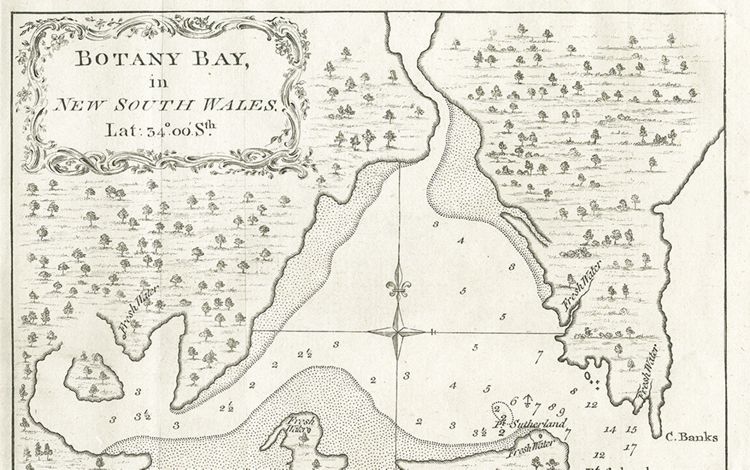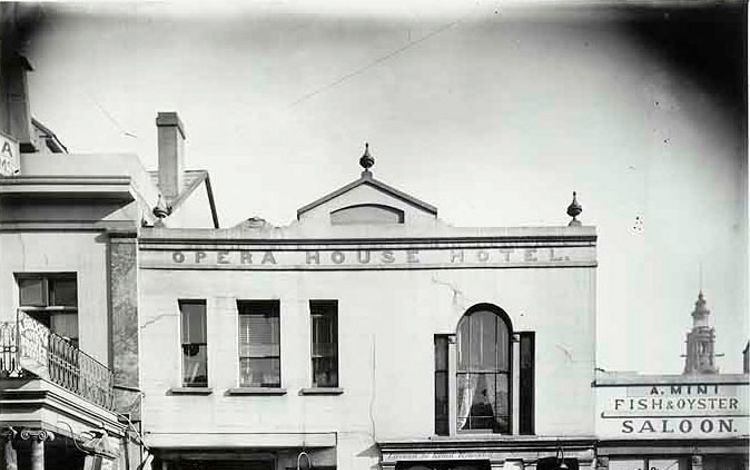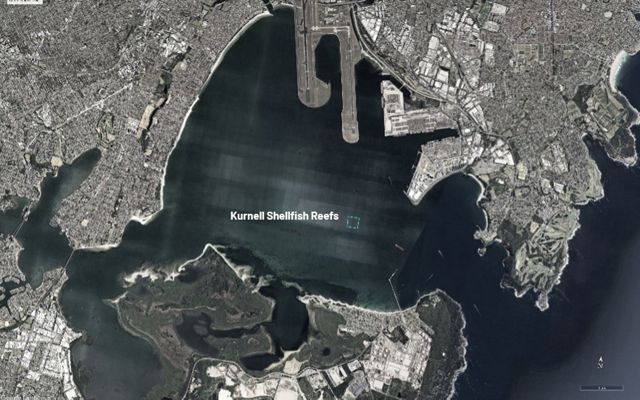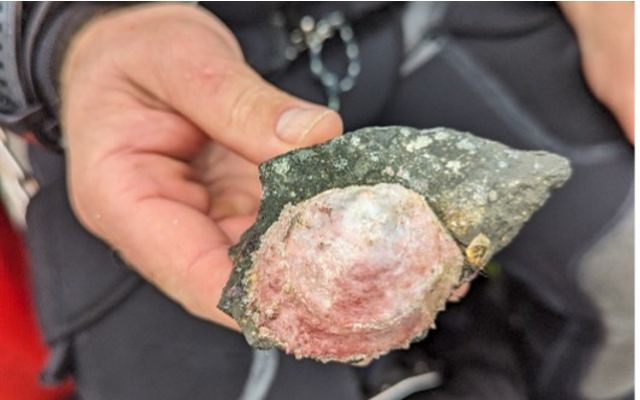Botany Bay is undoubtedly one of the most significant landmarks in Australia’s modern history. The site of Captain James Cook’s first landing in Australia back in 1770. The rich landscape took centre stage when Cook named it Botany Bay for “the great quantity of plants” found.
The history of Botany Bay's oyster reefs
Long before historic first landings, Botany Bay, or Kamay as per its Indigenous name, was a place of shallow waters and extensive shellfish reefs. Early historical records recall “great quantities of oysters, mussels, cockles, and other shellfish” (John Hawkesworth, official record keeper HMS Endeavour).
On the surface, it was a place rich in native plants and swamplands. Underwater – it was a thriving ecosystem supported by shellfish reefs.
Historic snapshot:



The disappearance of shellfish reefs
Since the arrival of European settlers, shellfish reefs have all but disappeared. Records show that oyster reefs were once plentiful in the Bay, with James Cook himself describing the “largest oyster shells” he ever saw. Interestingly, these oysters were likely to have been the Australian Flat Oyster (Ostrea angasi), which is now locally extinct in Botany Bay.
For European settlers, oyster reefs provided easily accessible food and building material. With a lack of limestone quarries, early colonial buildings such as the first Government House were built using shell mortar produced from shells and living oyster beds. The new colony was literally built and fed on a foundation of oysters.
The first sign of overfishing and over-dredging was seen in the rapid depletion of the Botany Bay oyster stocks. Unfortunately by 1896, the natural mud oysters of Botany Bay were declared extinct.
With the exhaustion of natural oyster reefs, the local aquaculture oyster industry developed to meet demand. However, by 2001 disease killed up to 90% of the oyster population. This outbreak marked the fall of the local industry, with many farmers closing their business in the bay.

The Botany Bay and Georges River Oyster Reef Restoration
In recent decades, the river’s water quality has been recovering. With the introduction of eco-friendly practices, land re-development, and regulations on sewages. The natural populations of Sydney rock oysters in the estuary have shown an incredible resilience with signs of good health and growth.
With cleaner water, less pollution and a healthy remnant oyster population, Botany Bay and Georges River is ready for the recovery of these lost ecosystems.
The Nature Conservancy worked with Greater Sydney Local Land Services and NSW DPI Fisheries to restore shellfish reefs in Botany Bay.
With the support of the Australian Government, we’re committed to bringing these shellfish reef ecosystems back from the brink of extinction — for the benefit of both people and nature.
To kickstart this, the Botany Bay and Georges River Oyster Reef Restoration project was established in 2021. The goal of the project was to restore up to 3 hectares of the locally extinct Australian Flat Oyster (Ostrea angasi) reef at Kurnell.
A vision for a clean and productive Botany Bay
During June 2023, TNC and project partners constructed 3.2 hectors of subtidal Australian Flat Oyster reef habitat at Kurnell near the centre of Botany Bay. 4,000 tonnes of rock was used to create 23 reef modules across the restoration area.


It doesn't stop here
Annual monitoring of the new reefs at Kurnell will be used to track the success and maturation of the new ecosystem as it established.
For more information on the achievements of the Reef Builder initiative, read the 2024 Reef Builder Final Summary Report.
Read more:
